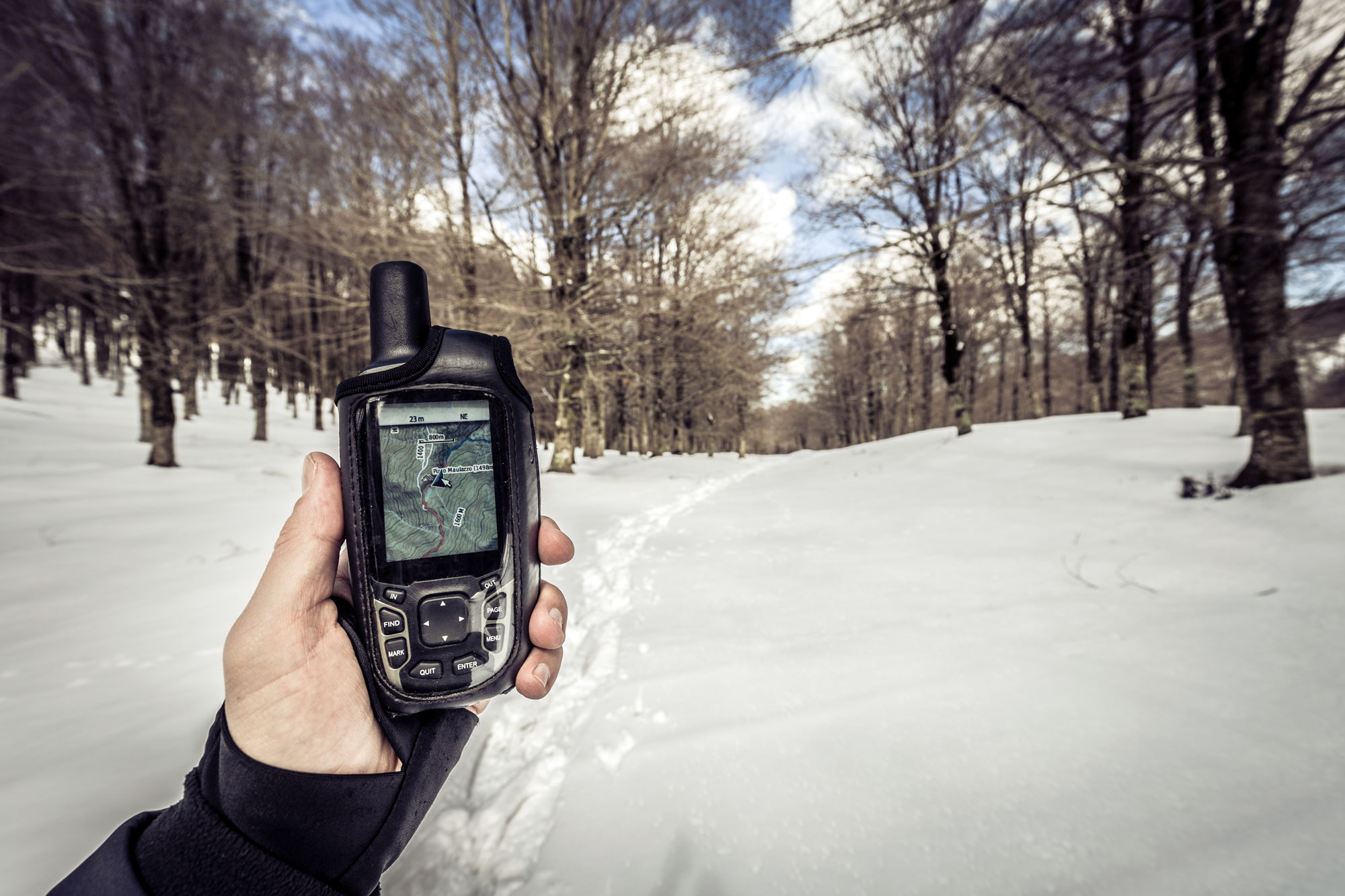The explosive rise in the number of increasingly sophisticated smartphones has changed the world so much. It has the world a global village by allowing local and international businessmen, marketers, and companies to do targeted marketing.
The increased number of connected devices and sensors has given rise to mountains of data that can be used to transform the way people do business and live.
Geotagging and navigation can help marketers slice data by location to find patterns. This is vital for marketing teams running an international operation.
Data-mature marketers can easily spot risks and opportunities by region and therefore stretch budgets further. This is because marketing messages are highly likely to find their way to the most receptive audience.
What Is Location Data?
We can define location data as pieces of information that can be used to tie a consumer or an ad to a specific geographical location. By doing this, a marketer has the perfect chance to analyze a campaign’s performance across countries and regions.
The location data include:
- Country
- Region/state/province
- City/Town
- Postal Code or Area Code
- Designated Market Area (DMA) (this refers to a US-specific metric that designates specific regions in the USA used to define TVs and radio markets).
How is Location Data Helpful?
Location data gives marketers the flexibility and the ability to compare the performance of different creatives, messages, and channels in particular regions. This way, they can ramp up or wind down expenditures to ensure more effective marketing and enhance ad spend.
Consider this example of a hardware store to demonstrate this concept. If that store lacks a physical venue in that area even the most ardent advertisement in that area won’t drive significant conversions. This is because the people seeing it will not appreciate going to drive for an hour or so to do their shopping.
With this knowledge, a marketer will hypothesize that it is not worth advertising to those people and localize digital advertising to customers within a particular radius of the store. Location data will help you know if your advertisement campaigns will generate significant leads or be worthless.
Marketers can also use the location data to evaluate the efficacy of geo-targeted locations and ramp up and up expenditure while reducing spending in areas where your campaigns aren’t delivering leads to avoid wasted ad spending.
How Location Data Helps People Find Their Way
You now know the benefits of location data. The remaining question is how to geotag can help people find their way to your establishment. The best and simplest way to do this is to find the location where the geotagged image or video was taken.
As you may already be aware, digital cameras and almost all smartphones have a global positioning system (GPS) function built right into them. Immediately dial that capture button, the device records the geographical data or the coordinates at which the media was taken and tags this information to the photo.
This automatic system geotags free the captured images or videos making it easy for anyone to find where a particular media was taken. All you need to do is access the GPS data attached to the photo or video and use it on google maps or other websites to trace the location where the image was captured.
The information is stored in Exchangeable Image File Format (EXIF), together with other data such as camera aperture size, focal length, shutter speed, camera mode, and ISO speed just to mention a few.
Obtaining the Local Information Tagged To a Photo
The first thing to do is to access the EXIF data attached to the photo or video and check if it has information about the location at which the media was captured.
Step 1: Download the image to your device (Mac or windows computer)
Step 2: Right-click on the image of interest then scroll down to “Properties.”
Step 3: A window will pop up to reveal five tabs. Click the “Details” tab and scroll down until you see a section titled GPS. Under this, you will find the GPS coordinates which include the longitude and latitude tagged to the photo.
You will notice that the longitude and the latitude are expressed in numbers separated by colons. The first number represents degrees, the second minutes and the third represents seconds.
Use Google Maps to Locate the Origin of the Photo
The search function of Google Maps allows users to search locations by entering GPS coordinates. Many people are not aware of this function. It offers the quickest and most accurate way to find places. Here is how to go about it:
Step 1: Copy the GPS data you accessed previously so that you do not make any mistakes in entering them in the next steps.
Step 2: Open “Google Maps” on your device and paste (or enter) the GPS coordinates into the search bar of the website. You can then press the “Enter Key” on your computer keyboard or click the “Search” icon on the search bar.
Step 3: Depending on the speed of your computer and the strength of your network, results will be availed in a few seconds. Google Maps will point with utmost accuracy to the exact location corresponding to the coordinates you provided. You will not get accurate results if you enter the wrong coordinates. You also have to use the right symbols for degrees, minutes, and seconds.
Final Thoughts
You can appreciate from the above discussion that navigation by geotagging is possible and easy if you know what you are doing. If for some reason you find it challenging then you can get additional information by visiting websites such as Geotagseo. Here, you will find rich information on all aspects of geotagging and how to use it to improve your SEO optimization.
